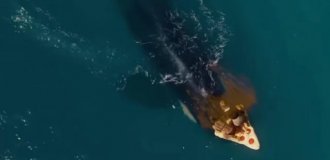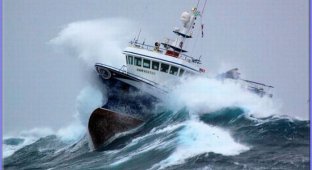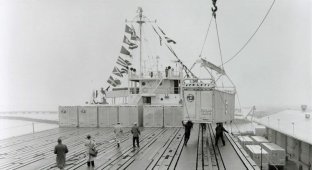What happens when a cargo container falls off a ship? Is it returned or abandoned in the ocean? (5 photos)
As part of global trade, approximately 130 million containers carrying cargo with an estimated value of more than $4 trillion were shipped around the world. With so many containers moving along different routes, some are bound to get lost at sea. 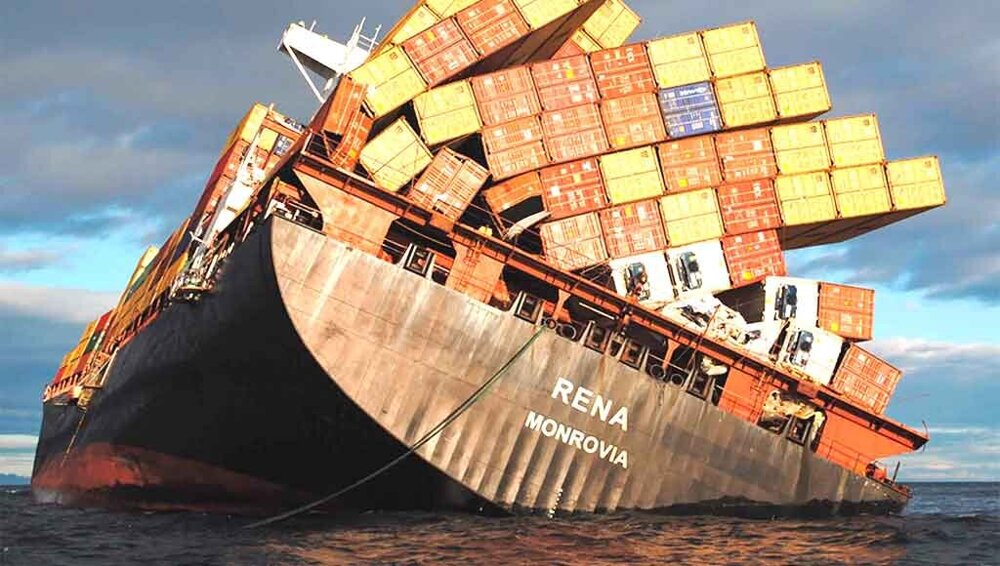
Oops...
I'm not an expert on container ships, but as far as I know, ships carrying containers have no way of returning a dropped container back to the ship. This requires a special lift, which they don't have. 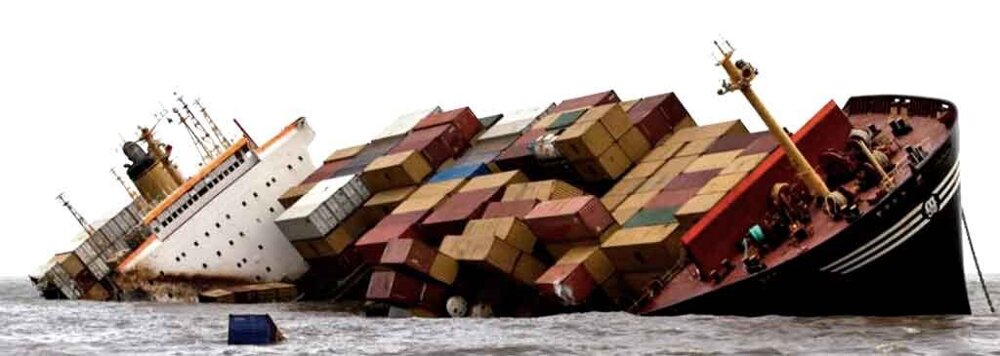
Therefore, usually a ship transmits a warning to other ships that it has lost a container in such and such a place. Passing ships take note of this and set course to avoid a collision with the floating container. (I wonder how they do this during a storm... After all, it is during a storm that most containers are lost.)
The container will float or sink depending on the buoyancy of its cargo. After a while it will fill with water, but if the container is filled with light, non-sinking products, it may well float with the current until someone bumps into it or catches it with a propeller. 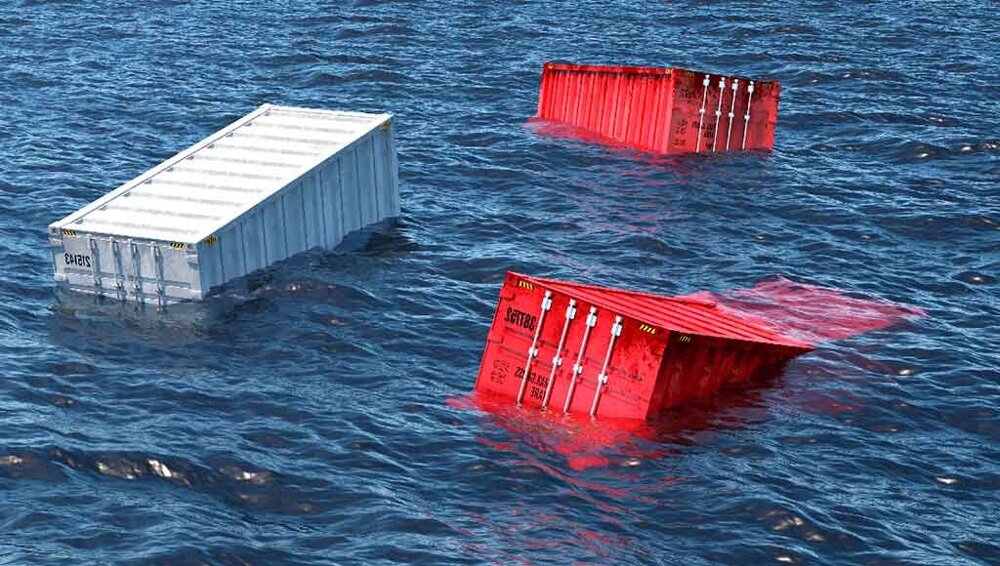
Lost containers at sea
One of the requirements for containers is that they be wind and waterproof and in good condition - not old or worn out. Essentially, the containers must close tightly and have no rust on the body. Such a container, in good condition, can float for a long time, unless the weight of the cargo causes it to sink.
Floating containers definitely pose a threat to shipping. In addition, empty containers are usually transported on top of stacks and during a storm they are the first to go. And since outdoor containers have a lifespan of 20 years or more, empty waterproof boxes can float for years.
Container fishing operations are certainly possible as long as they are not too costly. Otherwise, containers are abandoned to their fate and sometimes wash up on shore. 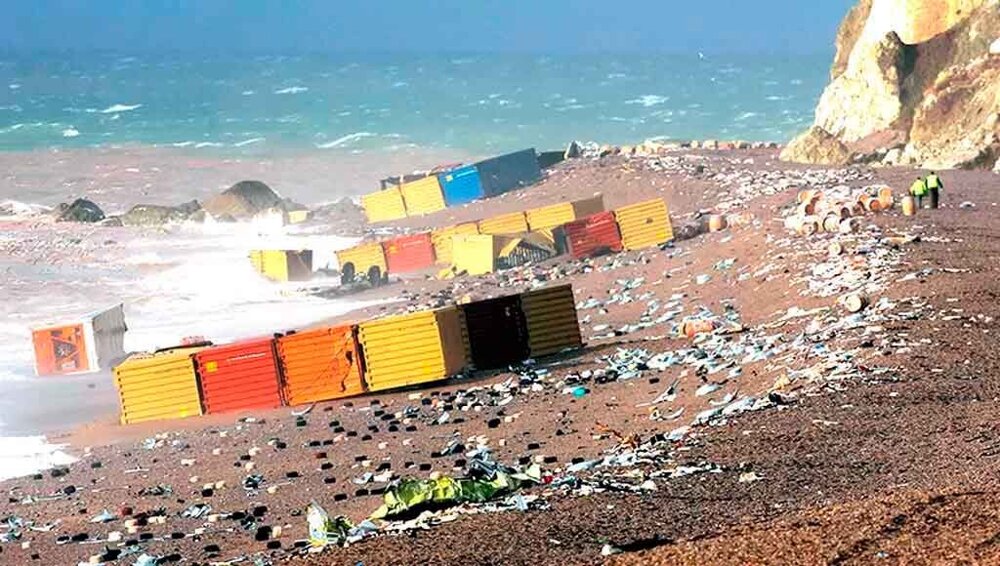
Washed ashore
A funny incident happened with the cargo ship Hansa Carrier in 1990. A container ship en route from Korea to Los Angeles was caught in a severe storm in the ocean. During the storm, the ship lost twenty-one containers, five of which were filled with Nike sneakers—eighty thousand sneakers, hiking boots, and children's shoes.
Eight months later, in January 1991, having traveled two thousand kilometers to the east, the Nikes began washing ashore on Vancouver Island. After a shift in wind and southward tide, thousands of pairs of shoes became stranded along the Oregon coast, miles from Nike's headquarters. 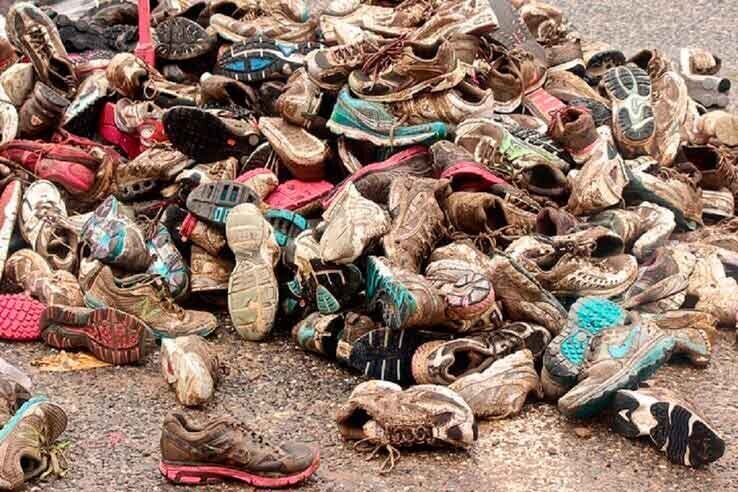
Nike sneakers washed ashore
By tracking where a bunch of sneakers washed ashore, scientists were able to determine the ocean current patterns in that location fairly accurately.


